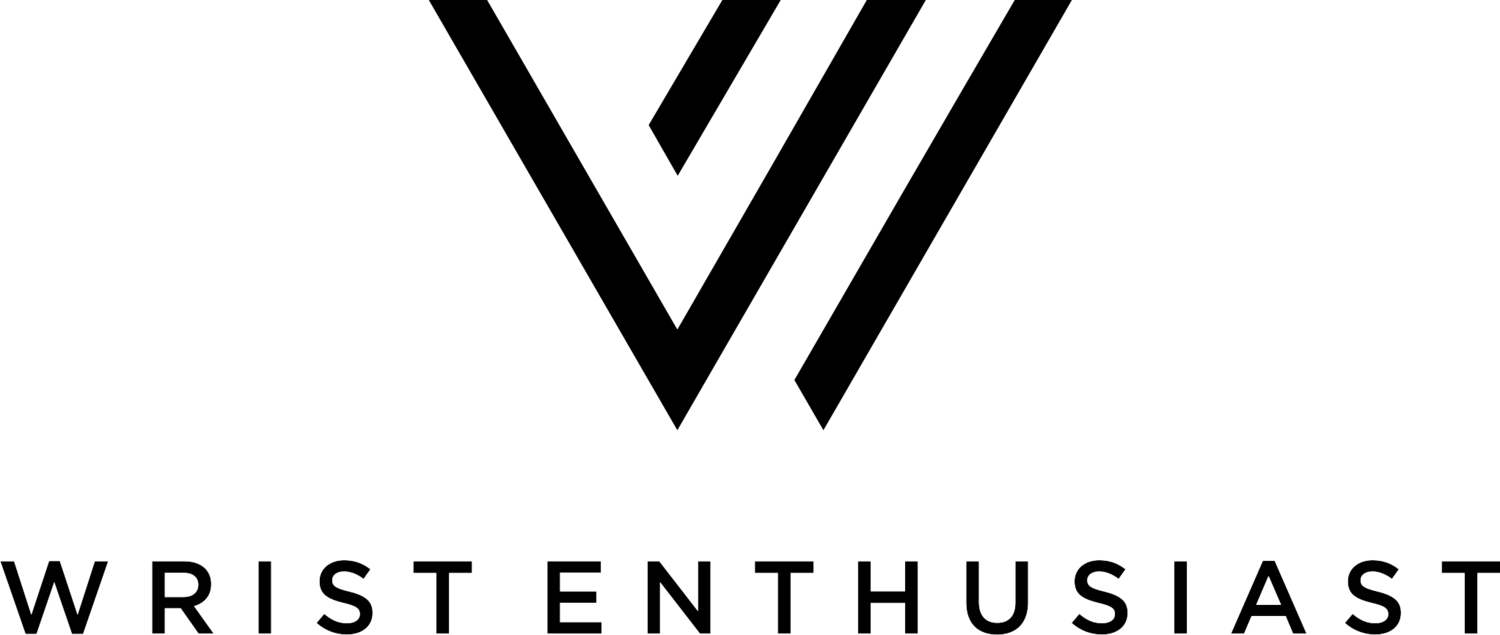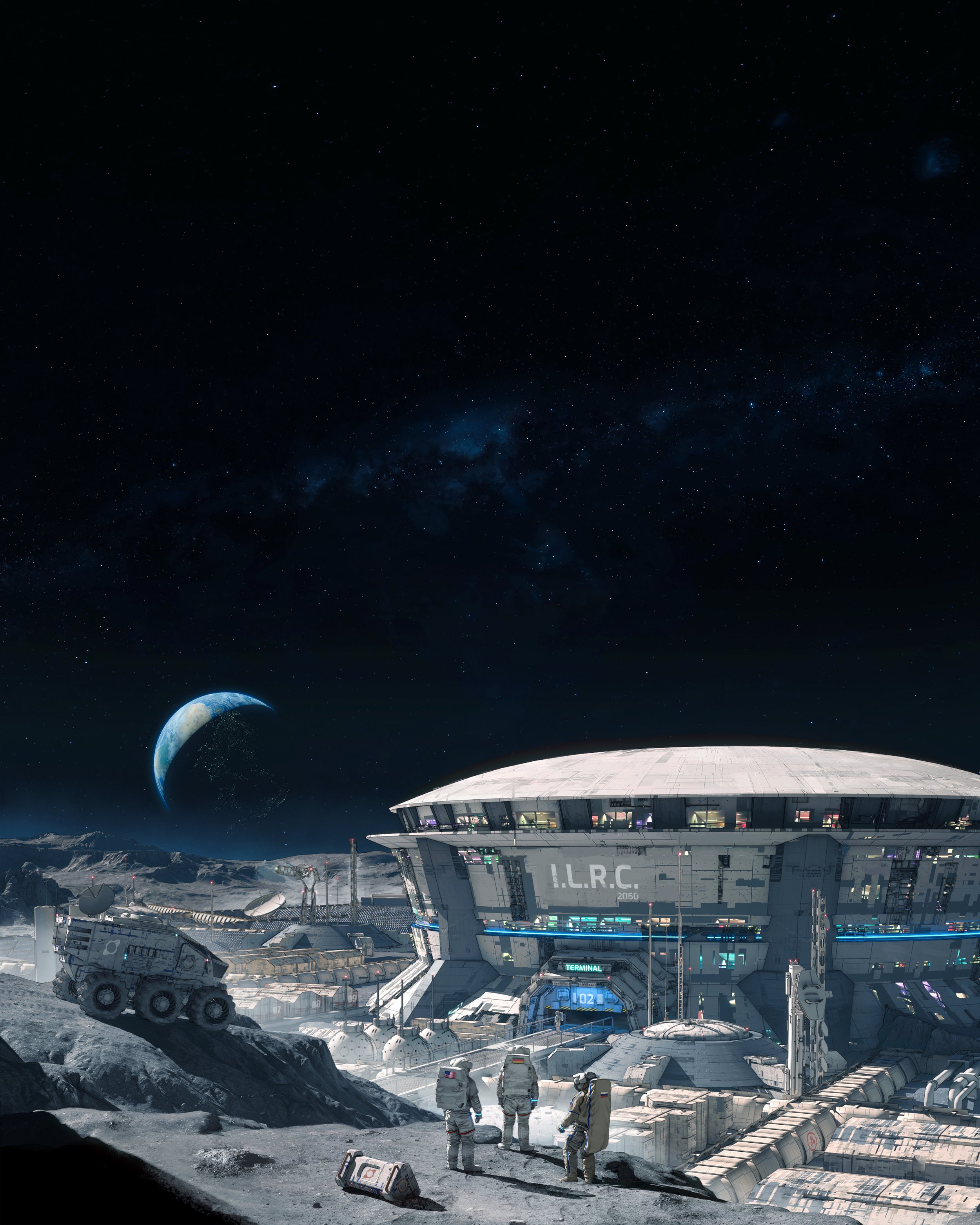An Interview with Barrelhand Founder Karel Bachand on the Brand's Next Big Move
My history with Karel Bachand and Barrelhand goes back almost a decade. I was curious about just how long Karel and I have known each other, so I decided to go through my old Wrist Enthusiast Instagram messages with Karel. They date all the way back to August 2015. Wrist Enthusiast was much smaller back then and Barrelhand was in its infancy, with Karel focusing on documenting his journey from creating an Urwerk homage to prototyping his first watch (a watch that would become the Barrelhand Project One). I watched with excitement as Project One (which was unnamed at the time) progressed from 3D renders to 3D-Printed prototype, to production watch (which was limited to just 10 pieces and sold out quickly). A lot of time has passed, but both Karel and I are still in the watch industry and have kept in touch over the 8 years since we met.
Since Project One sold out, Karel has been in stealth mode, building the Barrelhand team and working on his next collection. As the project moves closer and closer to launch, Karel has been gracious enough to answer some of our questions about what he has been working on. And I have to say it’s pretty damn exciting. Barrelhand is not just a watch company, but a technology company. And Karel Bachand, an engineer who previously worked for NASA at the Ames Research Center, is the perfect person to shepherd the watch industry into new and exciting directions.
Karel become a close friend and we are excited to give you a behind the scenes first look into Barrelhand’s next project, the Monolith.
Craig Karger (Wrist Enthusiast): Can we have a little background on how you got into watches, and what made you develop Project One in particular?
Karel Bachand (Barrelhand): I started out as a Freshman in College studying engineering in 2012. I was on youtube and stumbled on some crazy watch promos when CGI exploded views were all the rage. I saw this video for Urwerk’s UR-202 and thought it was the coolest thing in the world, I had no idea watches could be so complex or even the difference between quartz and mechanicals at the time. I was a complete newbie but loved engineering/cars/space so to me these were like miniature machines with complete design freedom. At the time I thought an expensive watch would be a few hundred bucks and I could save up for it by the end of the year, so when I finally looked up how much an Urwerk goes for I realized my plan to cut expenses with Cup Noodles wasn't going to cut it.
I had already learned some 3D modeling in high school making car engines / models etc. on a program called Solidworks so I thought, why not make the Urwerk on my computer so I could own it digitally in a way. A year went by 3D modeling the entire piece and afterwards I spent another year prototyping/3D printing the whole assembly and time display to make a fully functional model for myself. I learned a ton about watchmaking and manufacturing throughout the whole project, and at the end of it a few articles came out and Urwerk flew me out to Switzerland during SIHH so they could see the project. Their genuine passion and kind words/support left a strong impression on me at 19 years old and inspired me to start designing a watch of my own.
I wanted to create a new type of time display complication (the linear cam path minutes) and bring a modern approach to a very traditional craft. More than a watch, the project was a research platform to test new types of metal 3d printing like Direct Metal Laser Sintering (DMLS) in steel and Binder Jetting in titanium. By the end of it we were able to print parts at a precision 4x thinner than a human hair and develop the world's first 3D printed movement bridge in stainless steel. Movement bridges are one of the most difficult/precise components in a watch, so printing one in steel felt like the perfect challenge to push the limits of what's currently possible.
The project also served as an opportunity to create a completely new infrastructure right here in the US, outside the traditional (very centralized) watchmaking hubs. I started reaching out to some of the best watchmakers, leatherworkers, and CNC machinists I could find and putting together a supply chain. Vero watches up in Oregon CNC machined the case in titanium, Jeanna down in Arizona made american bison leather straps while her husband Brad helped with wood working for the boxes, and G&D watchmaking up in Connecticut helped with the assembly/finishes/testing. In total we had about 12 people help bring all of this together in the US ranging everywhere from micro machinists for the module components to manufacturers for the sapphire, ruby jewels, and screws.
Each watch took about 4 months to hand finish, assemble and test. Brad and Jack from G&D watchmaking were absolute rockstars during this time, I couldn't have done it without them and the end result was even better than I could have ever imagined.
CK: So it has been a year since Project One sold out. What have you been up to since then?
KB: Project One served as a platform to explore, learn, and to create a production infrastructure that serves as foundation for the next step. In tandem to wrapping up production and deliveries of Project One in 2021/2022 we’ve been secretly working on the next chapter for Barrelhand. I brought on two new team members, Michael Sorkin and Nicolas Klaus: for more than two years, we’ve been working on the evolution of Barrelhand and tied many of the founding ideas into a much larger vision.
Michael Sorkin, an accomplished pilot and awarded tech-pioneer in the digital fabrication industry, is leading Barrelhand's strategy as my co-founder. Nicolas Klaus, an experienced entrepreneur with a background in technology ventures and 3D printing, joined as partner and is now leading our communication development.
From left to right: Michael Sorkin, Philip Buchholz, Karel Bachand, Henricus Engelman and Nicolas Klaus.
Together, we are putting the emphasis of Barrelhand on a shared interest and founding story: which is space exploration. There are incredible developments happening right now which are often referred to as Space 2.0. We (humanity) are finally going back to the Moon and far beyond. How does this relate to watchmaking? - well, we consider watches as a platform for innovation to explore new technologies, materials and ideas. Watches are also amazing in enabling people to participate in this new chapter - allowing them to learn about and own the technologies and insights that will get humanity among the stars.
CK: What can you tell us about the Monolith project? What Inspired you to make this your second venture?
KB: The goal with Monolith was to take everything we learned from Project One (decentralized manufacturing, digital fabrication methods etc.) and put it towards a functional purpose. Before watches became intertwined with luxury, they always served a mission.They used to be the ultimate tools for explorers, whether you were navigating oceans by the night sky, deep sea diving, or climbing mt everest, people needed a reliable/rugged tool that could meet those conditions. We want to focus again on a functional purpose, not on luxury.
We're growing up in the new age of space exploration, one of the harshest, most extreme environments humans have ever embarked. This environment has barely been explored before, and there is still so much room for improvement as we go towards new missions and frontiers. This requires new innovations to meet challenges such as microgravity, extreme temperature ranges, solar radiation and vacuum. This new frontier also opens questions about human culture and how life beyond Earth might look like. We are developing a modern tool that is meant to explore these questions and be able to meet these new missions and requirements. Monolith will not be just a space themed/design watch, but an actual aerospace tool watch that can be worn, flown, and certified for EVA and IVA missions aboard the International space station and beyond.
CK: How is Monolith the natural progression from Project One? What did you learn from Project One that you have used in developing Monolith?
KB: Monolith incorporates and builds on the insights we have gained from the development of Project One. An obvious example is the usage of additive manufacturing (3D printing). While Project One has been an artistic and technological concept piece, we are now leveraging these new fabrication technologies to create a new generation watch chassis that is extremely robust and ultra lightweight. Many components in rockets, such as their engines, are already being 3D printed which significantly reduces weight and part count.
There are many other insights (both technological and aesthetic) that are carried from Project One into Monolith. This also extends to our most fundamental workflow: working with people who are at the cutting edge of their field and who are genuinely passionate about what they do. For us and many of our partners, this is not just a business venture - it’s a drive to learn more about the world, to be curious and optimistic about our future and to create something with the coolest technologies currently available. We want to bring that excitement to others so the technologies are not just a part of science fiction or research labs but baked into an actual piece anyone can own. There are many more tangible progressions from Project One to Monolith and we are looking forward to continue gradually sharing more insights with you and the community.
CK: Where are you currently in the process? When can we expect to see a prototype or full model?
KB: We are currently on the 18th prototype iteration, and will start to document the whole journey just like we did for Project One so people can dive deep into the nitty gritty of all the features and what's involved in making a watch. We are creating a so-called “Launch Sequence” which means that each month or so, we will unveil one of 10 key features of Monolith. We will explain in detail the purpose of these features in the context of space exploration and the technologies/partners that have been involved in making it. The Launch Sequence can be followed on our website and we very much welcome feedback and ideas from the community.
Currently, we are manufacturing our Beta testing prototypes which will serve as the template for the final production versions. If everything checks out and we pass all the necessary tests for flight certification we are aiming to launch at the end of 2023.
CK: Do you have a price-point in mind for Monolith? Project One was avant-garde, very limited and expensive. We were wondering if Monolith would be a more accessible piece than Project One?
KB: Monolith is aiming to be a much more stripped down but hyper functional watch. While we are not aiming to create a luxury piece, Monolith involves many cutting edge technologies and materials. Our development is guided by the requirements of space exploration and our goal is to build the best possible watch for this purpose. At the moment, we don’t have a final price point but it will be much more accessible than Project One. The watch is primarily aimed for astronauts as a professional grade tool, but we will also be making a civilian version so anyone can also live vicariously through the next chapter of space exploration.














